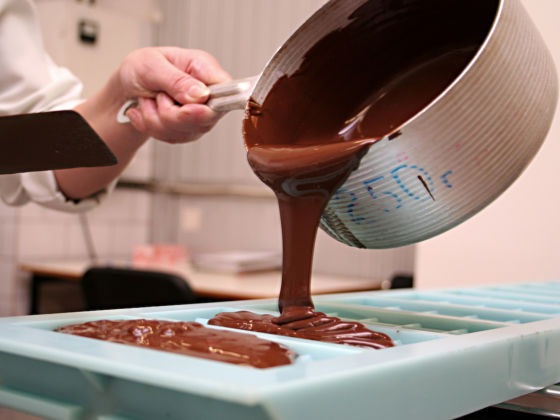Few foods are as beloved as chocolate. In the United States, it feels like chocolate is everywhere you look: dessert menus, grocery store aisles, the back corner of the cupboard with the rest of the leftover Halloween candy from 2015. It makes you wonder, where does all this chocolate come from?
By compiling studies from Forbes, international trade centers, and market research groups, the business education site World’s Top Exports broke down where the most candy and dessert chocolate is produced before being sent around the world. European countries lead the pack by a long shot, with more than 73 percent of chocolate exports coming from a European country. These are the 10 countries, in order, that export the most chocolate:
